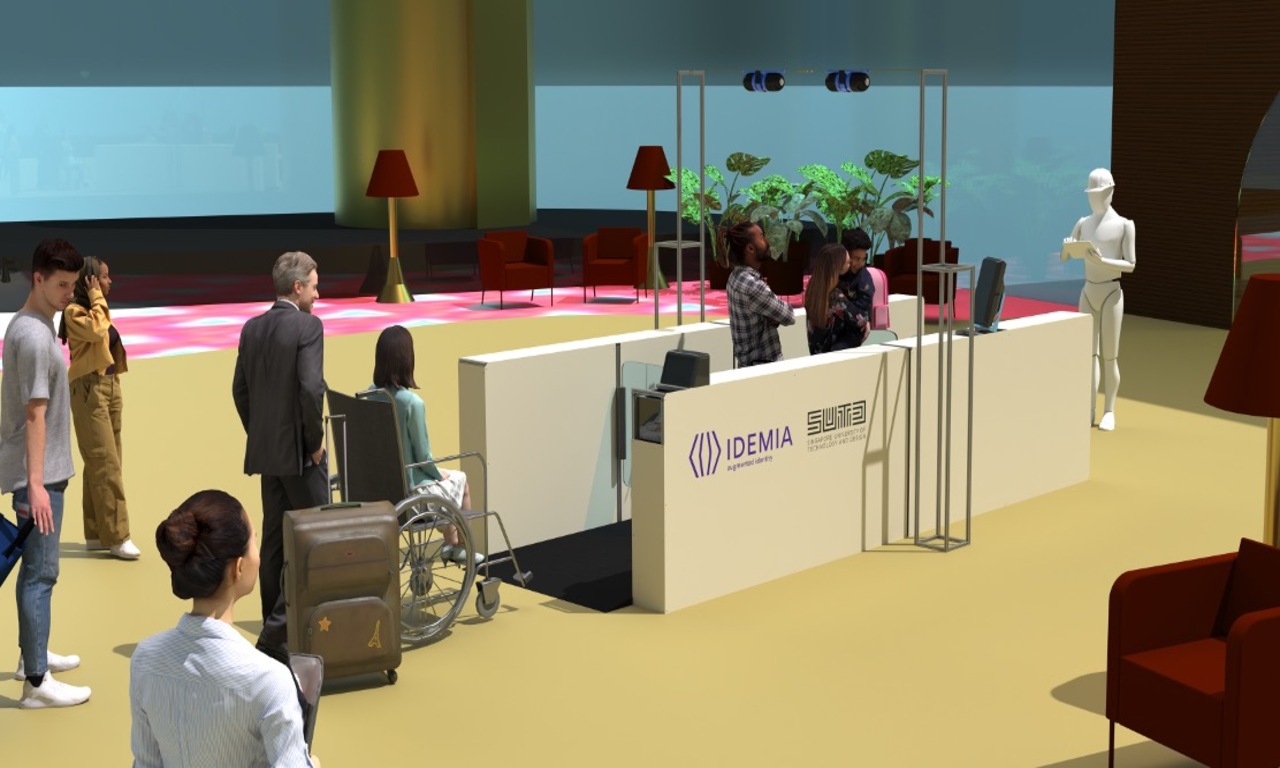
Bradley Adam Camburn
Rashmi Kumar
Dominic Quah

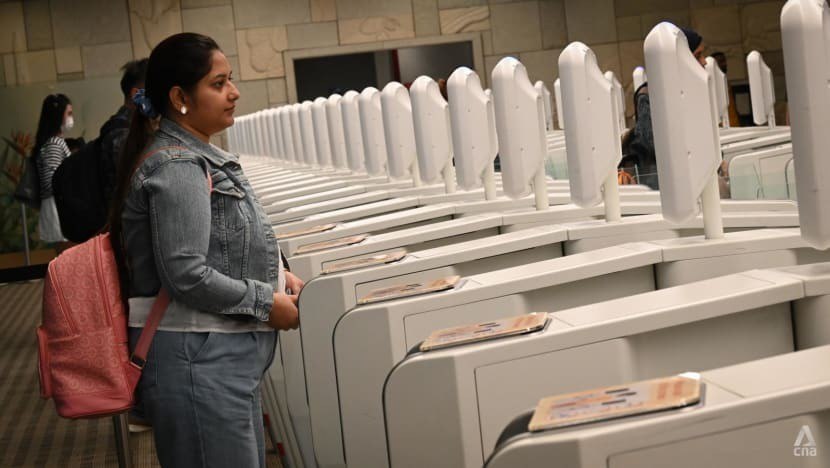
The departure gates of Changi airport, the inner workings of Marina bay cruise centre, underground State of the art testing facilities – we’ve seen them all. Across the exploration phase of the project, we conducted extensive on the grounds engagement – through spatial site analysis, empathetic user interviews, and good old research.
We worked with our client on a design thinking workshop alongside the ICA officers manning Singapore’s borders and tested the current working gates to scope the opportunity space of this project. What for? And for Whom? We strived to answer these questions, in a journey together of discovery.
Through our research, there are 3 main opportunity user groups in need:

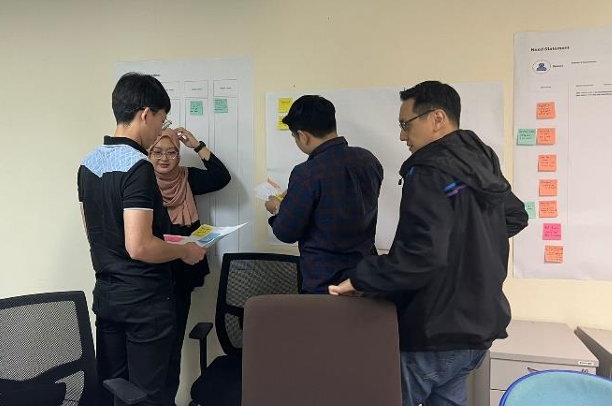
No project is complete with the user’s say-so, which led us to the next phase of the project. We collaborated with the client for a focus group style discussion panel with members-of-the-public, featuring the 3 main user groups previously identified. Participants to the workshop were presented with a wide array of ideation concepts. Through 1-on-1 interviews and dot voting sessions, we collated the views and opinions of the public, to narrow and sieve those burning pain points to be answered:
With these key opportunity areas in mind, let us then take them and bring them into reality – to create the border clearance of tomorrow.

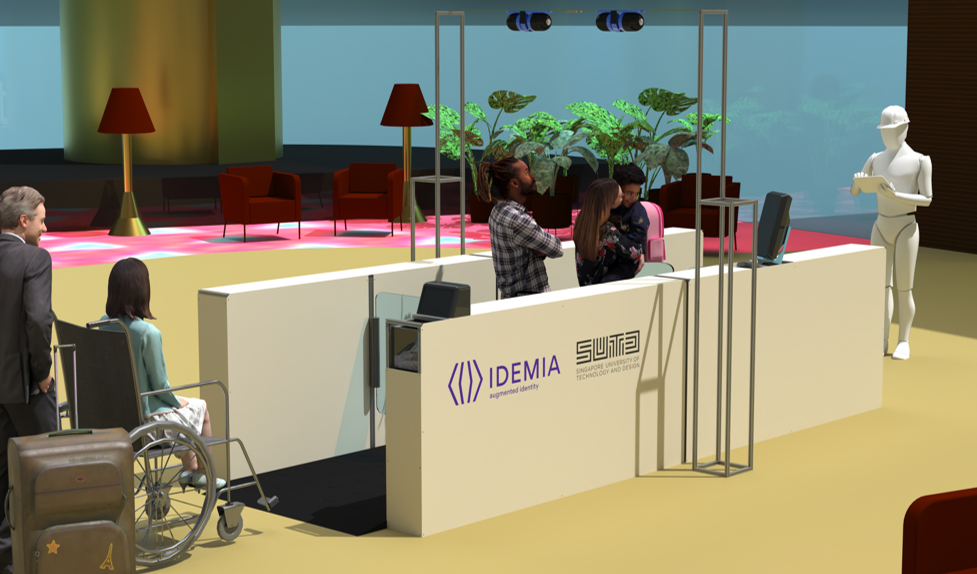
A better world by design – that’s our motto. In this final phrase of the project, we aim to realise a proof-of-concept clearance gate, that can accommodate and test workflows of border clearance. We worked alongside engineers from the client to understand both the hardware and software involved, and built up a 1:1 scale model where various conceptual features of the gate can be tested.
We introduce ergonomics redesigns to the passport scanning stage, along with height-adaptive multi-facial scanning capabilities for biometric authentication, all with a robust backend monitoring system that keeps track of both the passenger within, and the machine operations of the gate.
Continue onwards to find out more about the individual conceptual gate subsystems.
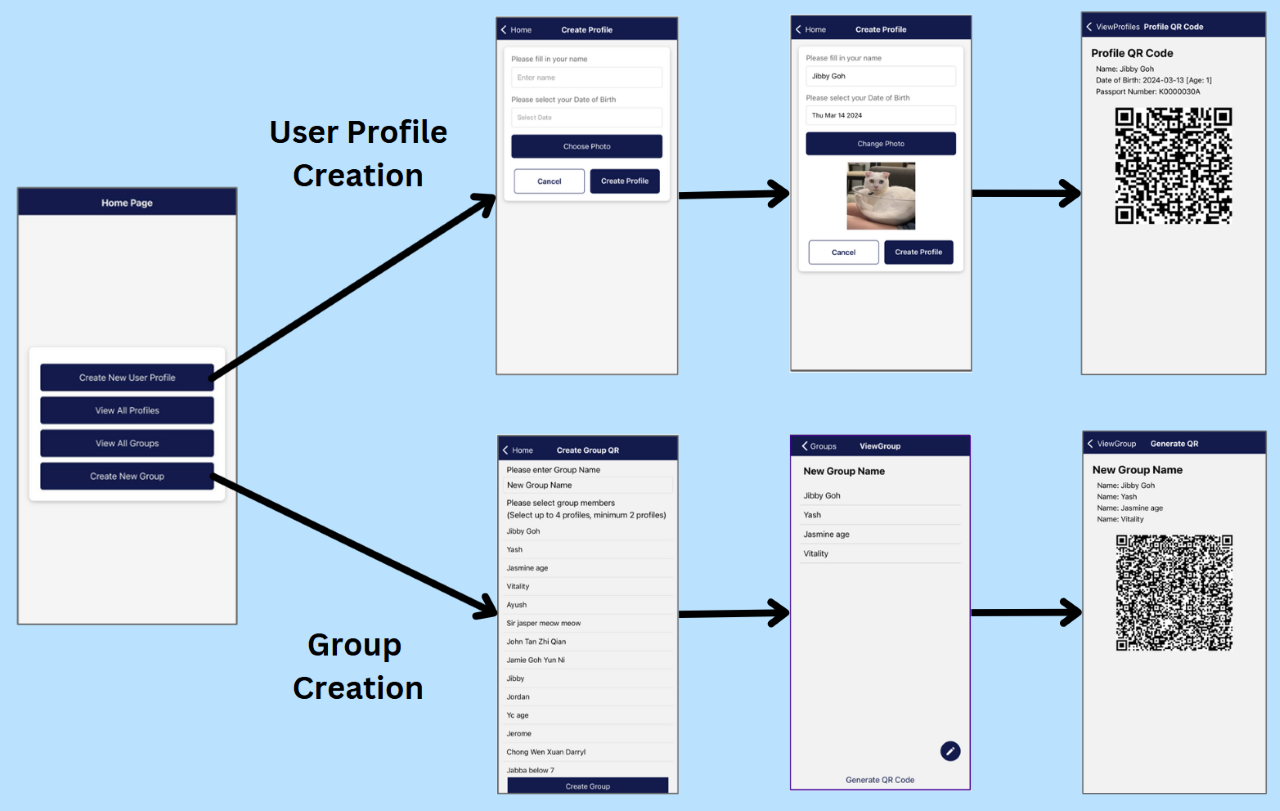
The QR Passport Generation app simplifies group travel documentation and streamlines identification processes by leveraging QR code technology, allowing users to pre-generate QR codes that aggregate individual passport details into a single, scannable code for use during group travel.
This eliminates the need to manually present multiple passports at the clearance gates and cuts down on inconvenience.
The passport data will be stored in a shared database for later use in the biometrics scanning and authentication procedure later on as travellers continue through the gate.
This interactive interface gives the choice of either the QR scanning procedure or the more general approach of passport scanning for solo and group travellers.
Instructions would be displayed for travellers going through the gates as scanning procedures are completed:


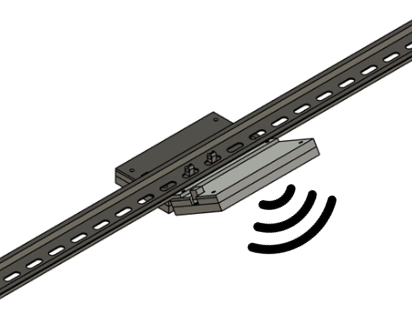
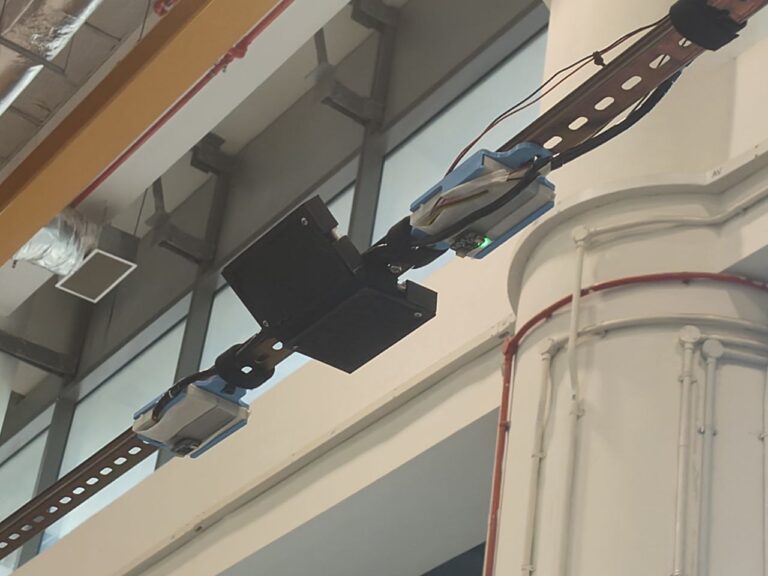




The biometric phase comprises of the Multi-Facial Scanning and the Height-Adaptive Camera subsystems for the iris and facial scanning and authentication of the travellers.
Select on the tabs below to find out more on the overall procedure as well as the subsystems used in this phase.












Flowchart for the biometric scanning procedure
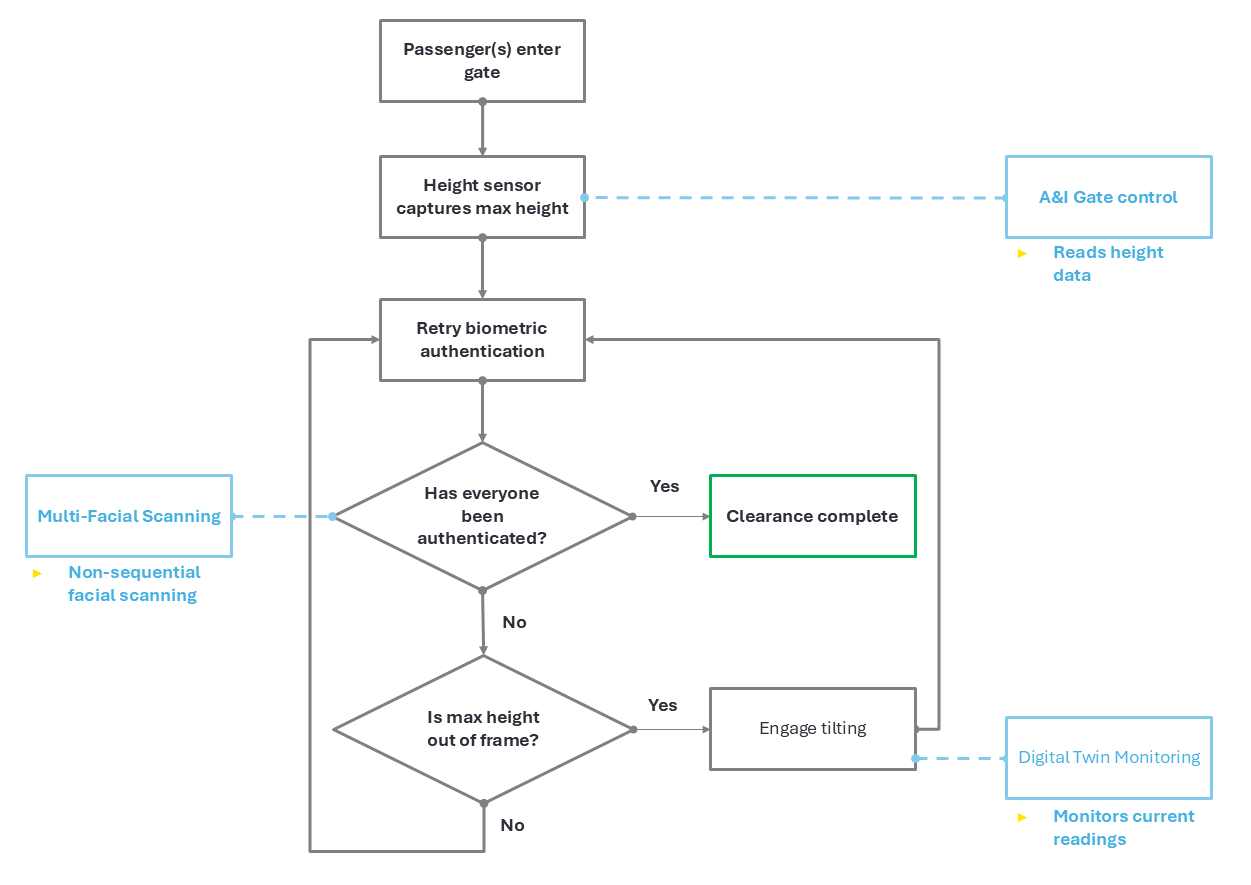
The Multi-Facial Scanning subsystem solves the problem of having to take most of the processing time by iteratively authenticating one person at a time. This subsystem is paired with a height sensor to cover a wider range of different heighted people, and the flappers for a seamless user experience when passing through the gate.
This subsystem obtains the number of passports scanned at the front of the gate from the connected database and confirms with the number of faces detected with the camera. If the detected number of faces and the number scanned passports do not match, the Height-Adaptive Camera subsystem will shift accordingly to capture the missing faces for biometric authentication.
The Height-Adaptive subsystem consists of 2 parts:
As passengers enter the gate to go through biometric scanning and authentication, the height sensor array that is mounted over the gate detects and sends the height of the tallest person in the group to a database. This value is then evaluated to check if the tilting system needs to be activated to tilt the biometric clearance module.
The motor driving the mechanical tilting system then receives a signal from the database, whether to rotate clockwise or anticlockwise, which translates to the biometric clearance module being tilted upwards, or downwards.
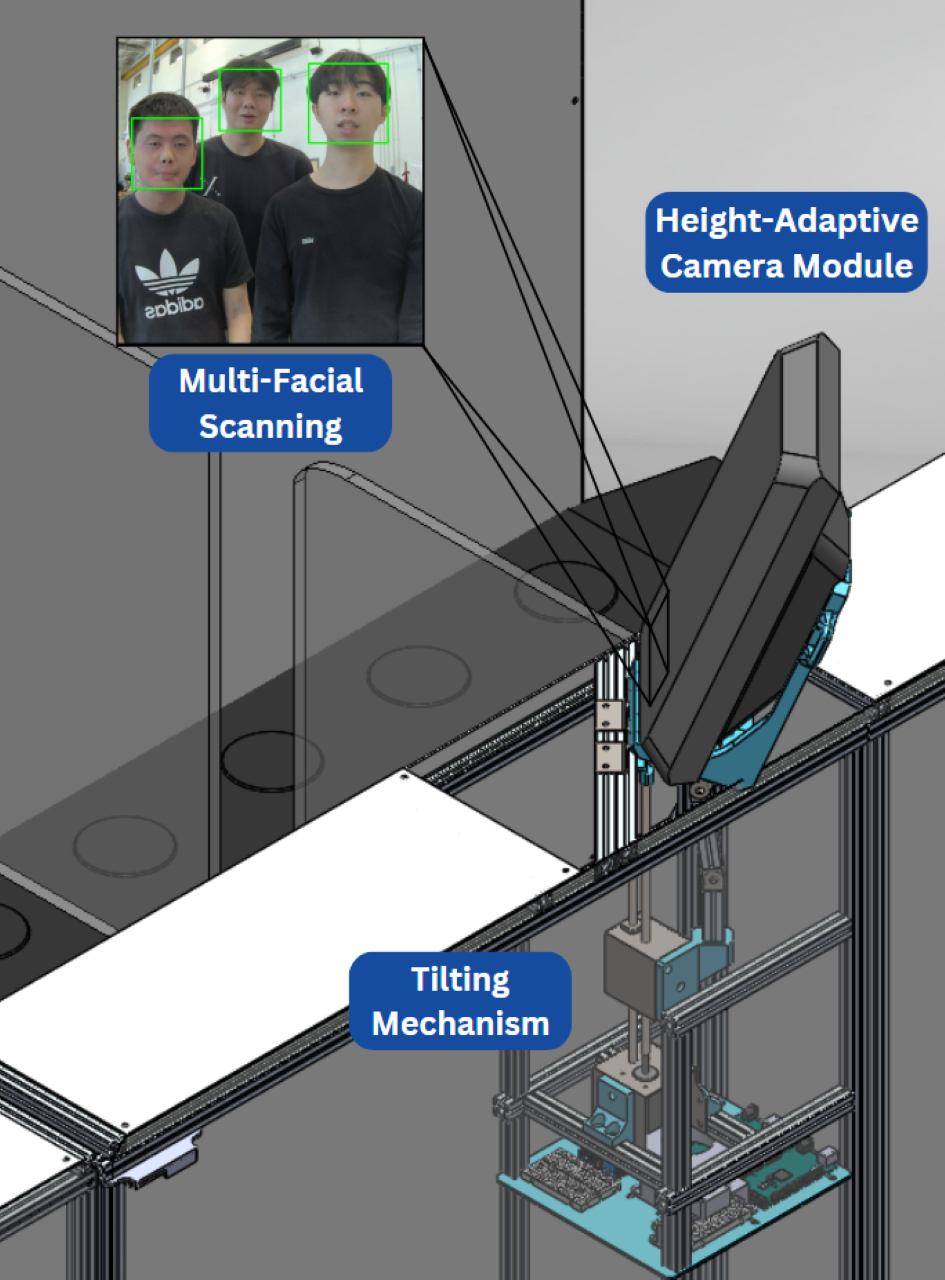
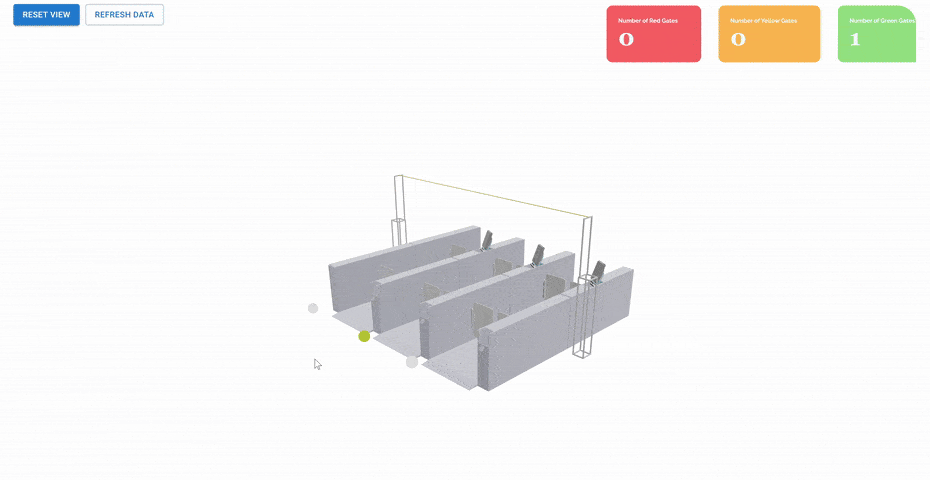
The Digital Twin subsystem provides real-time monitoring of the SAL gates, improving maintenance efficiency. By tracking sensor data placed at key areas of the gate, the Digital Twin tracks the performance and condition of key assets of the gate, such as the Height-Adaptive Camera.
This enables condition-based maintenance through the monitoring of performance deviations, thereby enhancing operational efficiency and reducing downtime.
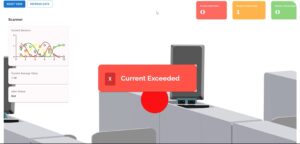
The team would like to thank in foremost the client company Idemia, representatives Mr Scott, Ms Janine, and Mr Anthony for their valuable insight and guidance of the project scoping, as well as for loaning to us a camera module that is used in our prototype.
The team would also like to thank our SUTD Capstone mentor Professor Bradley, and co-mentors Mr Dominic and Ms Rashmi for their guidance in tabulating the content and format of this report.
Finally, the team appreciates Capstone office for their background support and liaison efforts pertaining to this project.
Vote for our project at the exhibition! Your support is vital in recognizing our creativity. Join us in celebrating innovation and contributing to our success. Thank you for being part of our journey!



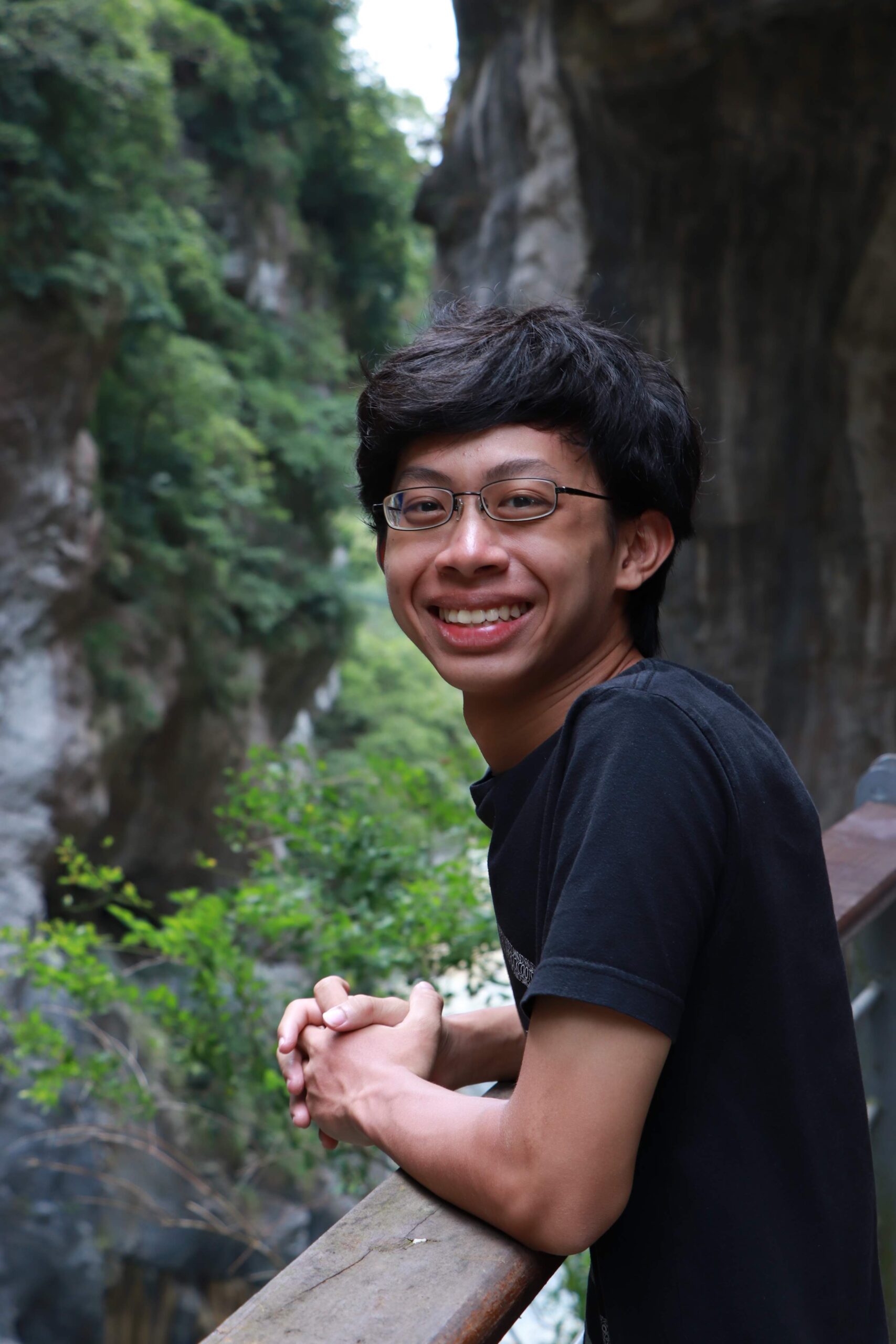







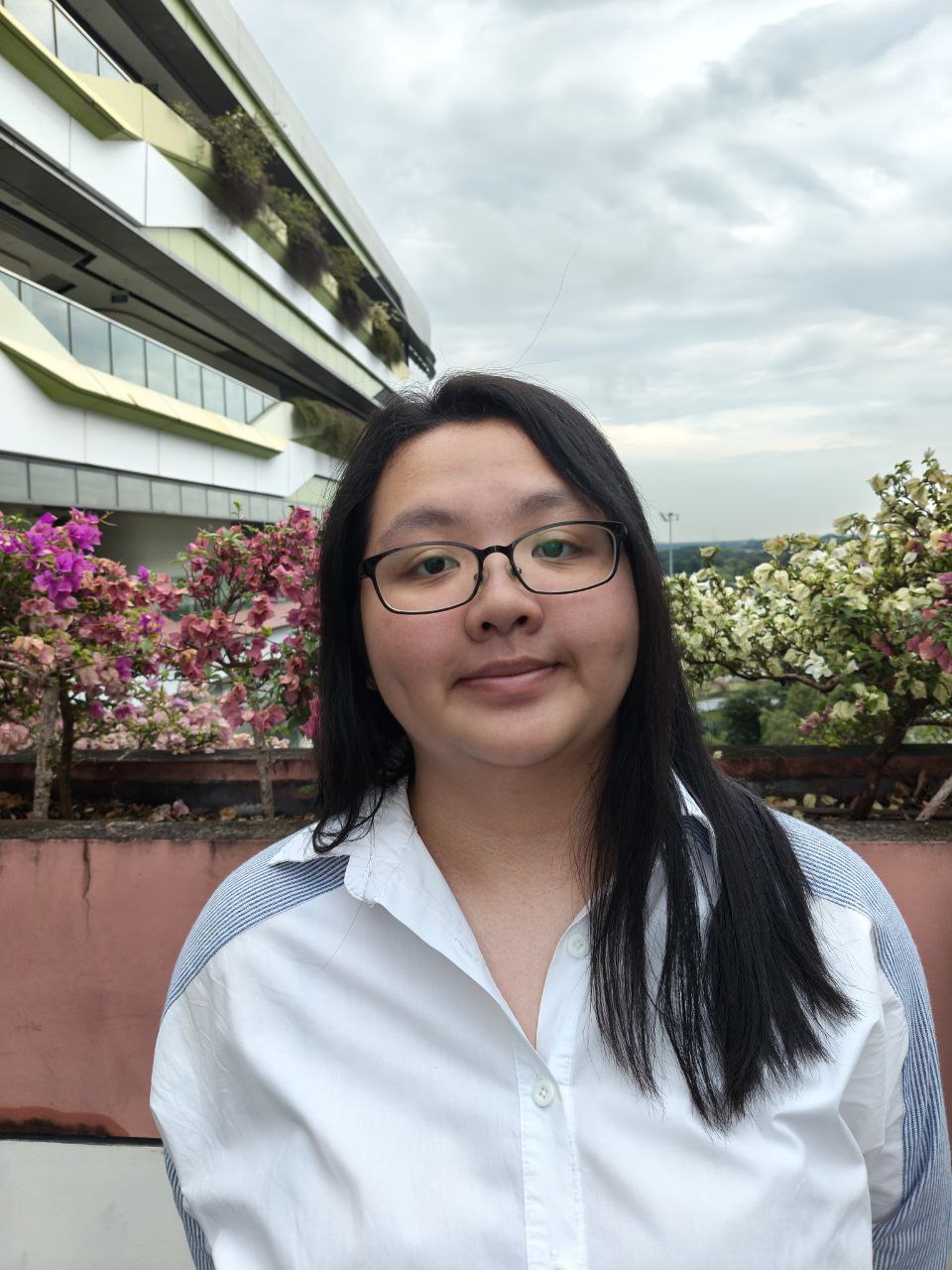


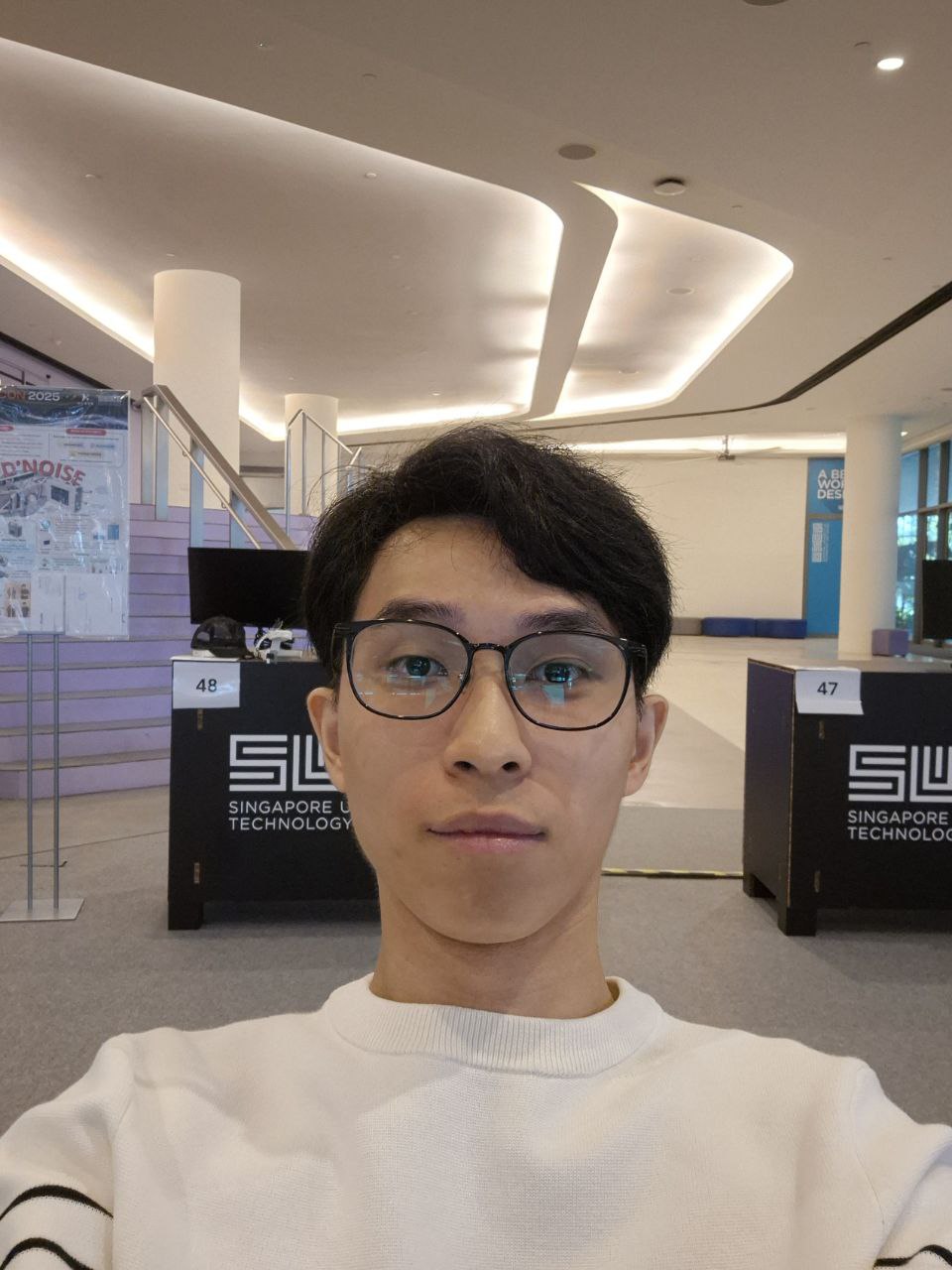


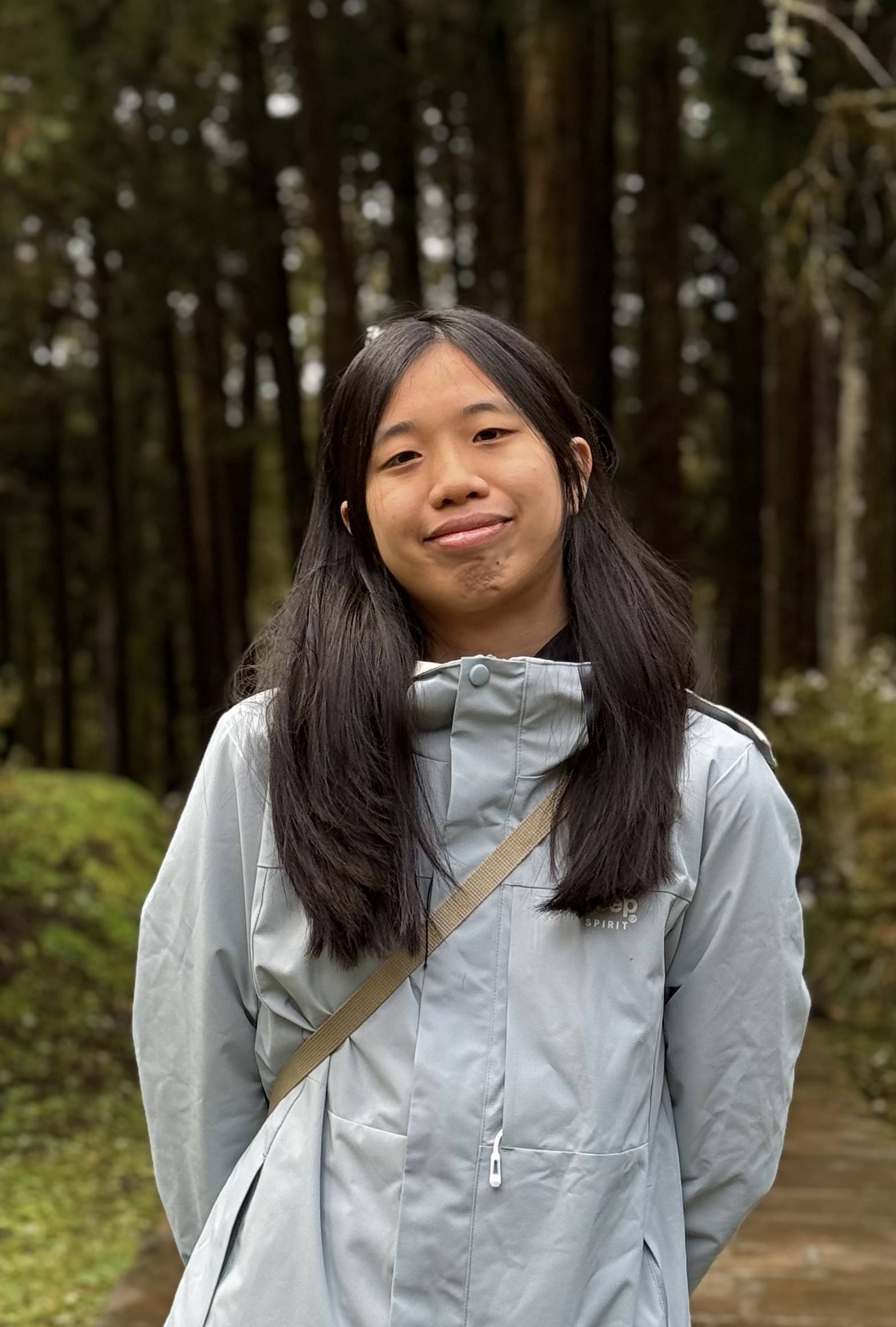










At Singapore University of Technology and Design (SUTD), we believe that the power of design roots from the understanding of human experiences and needs, to create for innovation that enhances and transforms the way we live. This is why we develop a multi-disciplinary curriculum delivered v ia a hands-on, collaborative learning pedagogy and environment that concludes in a Capstone project.
The Capstone project is a collaboration between companies and senior-year students. Students of different majors come together to work in teams and contribute their technology and design expertise to solve real-world challenges faced by companies. The Capstone project will culminate with a design showcase, unveiling the innovative solutions from the graduating cohort.
The Capstone Design Showcase is held annually to celebrate the success of our graduating students and their enthralling multi-disciplinary projects they have developed.